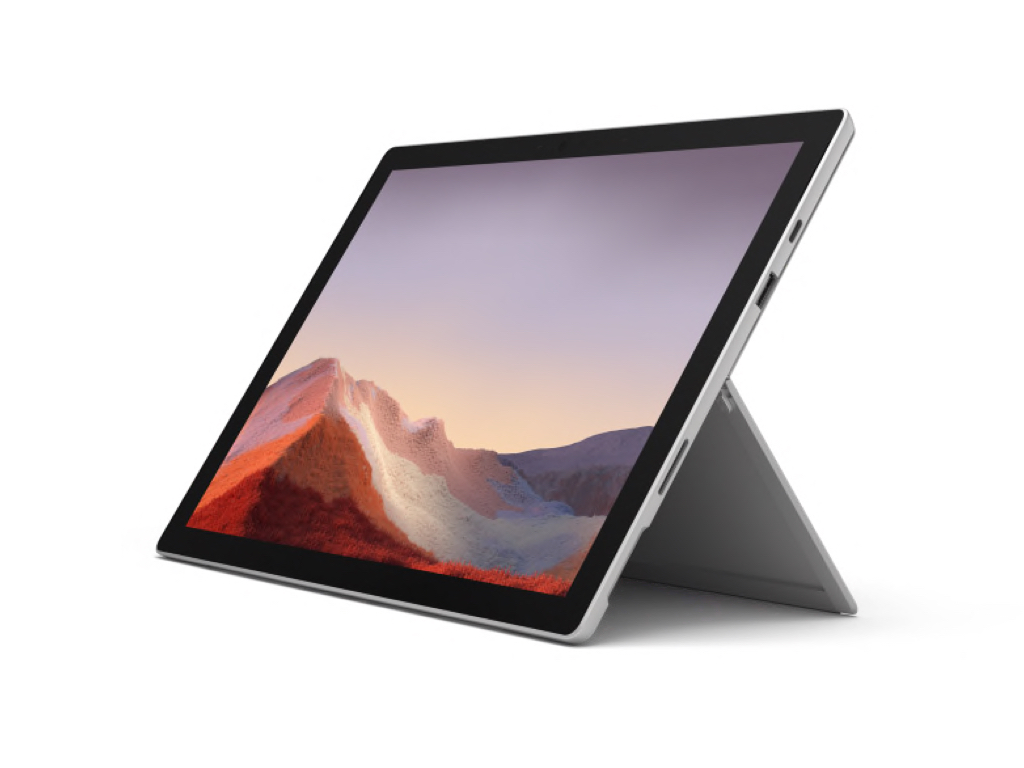Sure they can. At the architectural level, you can reduce the number of pipeline stages. On Core and Zen they are at 18-19 stages. Cortex A76 has 13 stages, and A77 at 11 stages. Each additional pipeline stages result in increased penalty from branch misprediction, but increases clocks.
Layout-wise you can optimize for high clocks too. The Zen2 core is noticeably more compact compared to the latest Intel cores. Spreading them out reduces heat concentration. Supporting this theory is the Atom cores(targetted for 3GHz) being extremely compact. In fact, they are competitive with ARM cores in perf/area.*
They may not be able to reach 5GHz right away, but doing 4.7-4.8GHz is still noticeably better than the struggles Zen2 chips are having with high frequencies.
*0.835mm2 for 14nm Airmont, 1.2mm2 for Goldmont.




